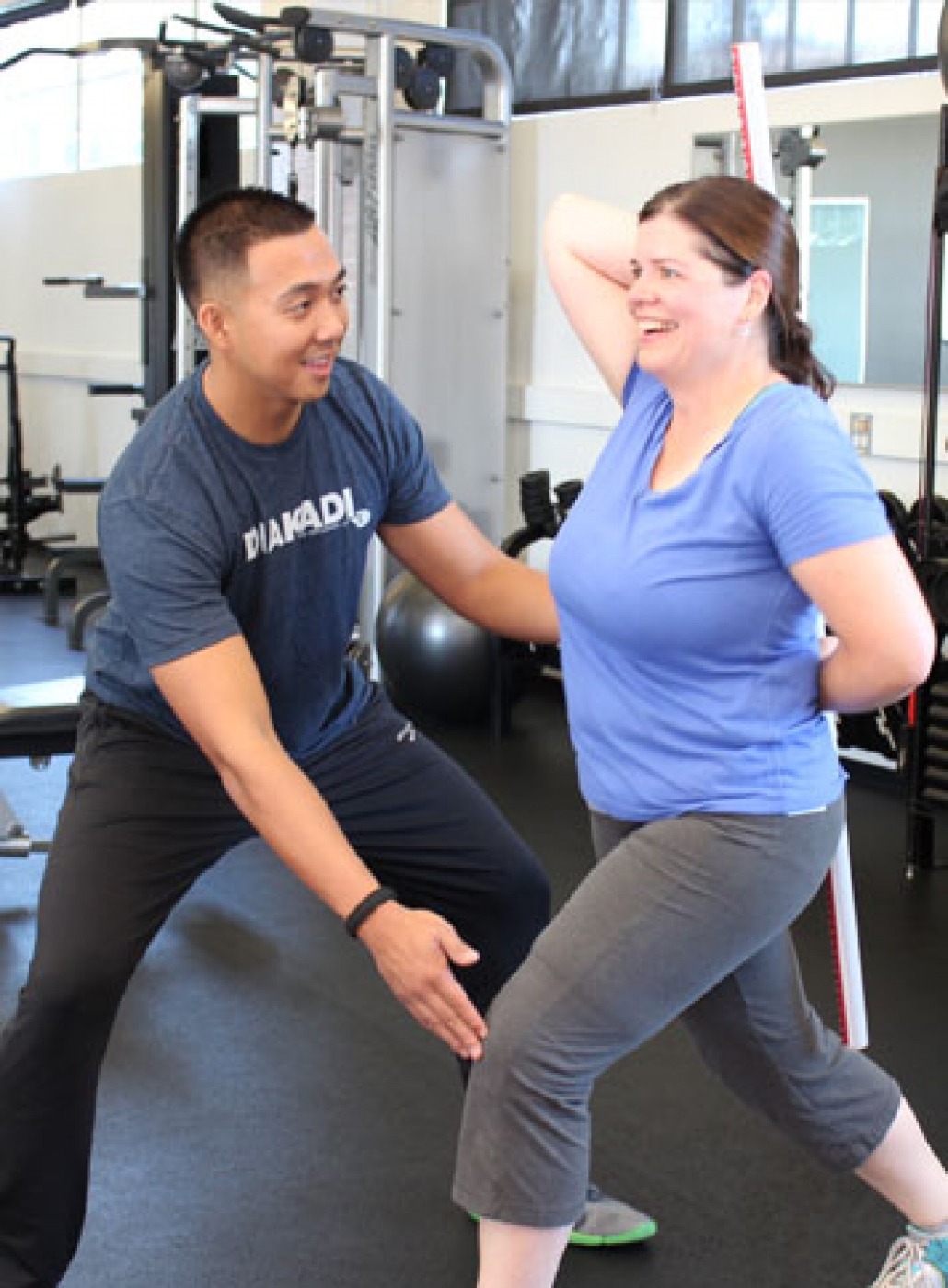


PRACTICAL APPLICATIONS OF BIOMECHANICAL PRINCIPLES IN RESISTANCE TRAINING: THE USE OF BANDS AND CHAINS
GratisIn recent years, it has become popular for athletes and recreational trainers to perform resistance training with the addition of bands and chains. In this paper, we consider the advantages of manipulating an exercise to match the resistance provided with the force capabilities of the lifter, which generally change throughout the movement. We explain that bands and chains can be used to manipulate a variety of exercises that have the potential to enhance performance in sport and in many daily tasks. Whilst there are many similarities between the use of bands and chains for resistance training, we note that there are key differences and discuss the biomechanics of each material separately. In particular, we discuss that chains provide resistance primarily in the vertical plane and the resistance is linearly related to the displacement of the barbell. In contrast, bands can be set up to produce substantial horizontal forces in addition to the primary resistance force that often acts in the vertical direction. Also, research has demonstrated that bands provide a resistance force that is related in a curvilinear fashion to the displacement of the barbell. After introducing the main biomechanical features associated with each type of resistance material, we present findings from the strength and conditioning literature that has demonstrated the potential for bands and chains to improve the stimulus associated with strength and power training. At present, a more compelling evidence base has emerged for the use of bands in resistance training, particularly with regard to the development of power. It is not known whether this asymmetry reflects the greater number of studies conducted with bands or is influenced by methodological differences between studies. However, we also discuss the possibility that different inertial properties of bands compared with chains may make the former a more effective choice for the development of power. We hope that exercise professionals will benefit from this knowledge and obtain insight into how an understanding of biomechanical principles can assist with prescribing contemporary training regimes.
- Aantal pagina's: 16
- Type: Artikelen
- Taal: Engels